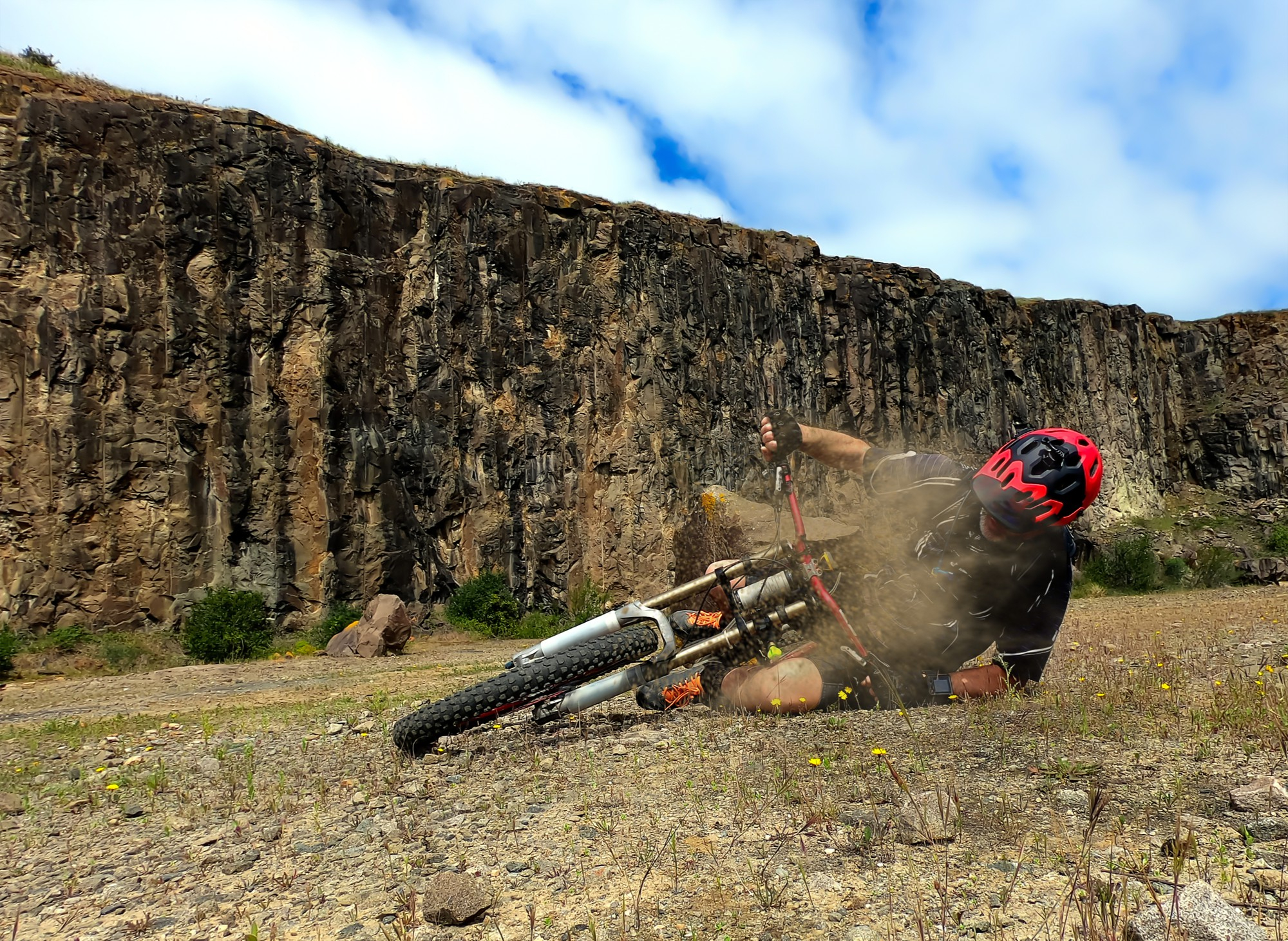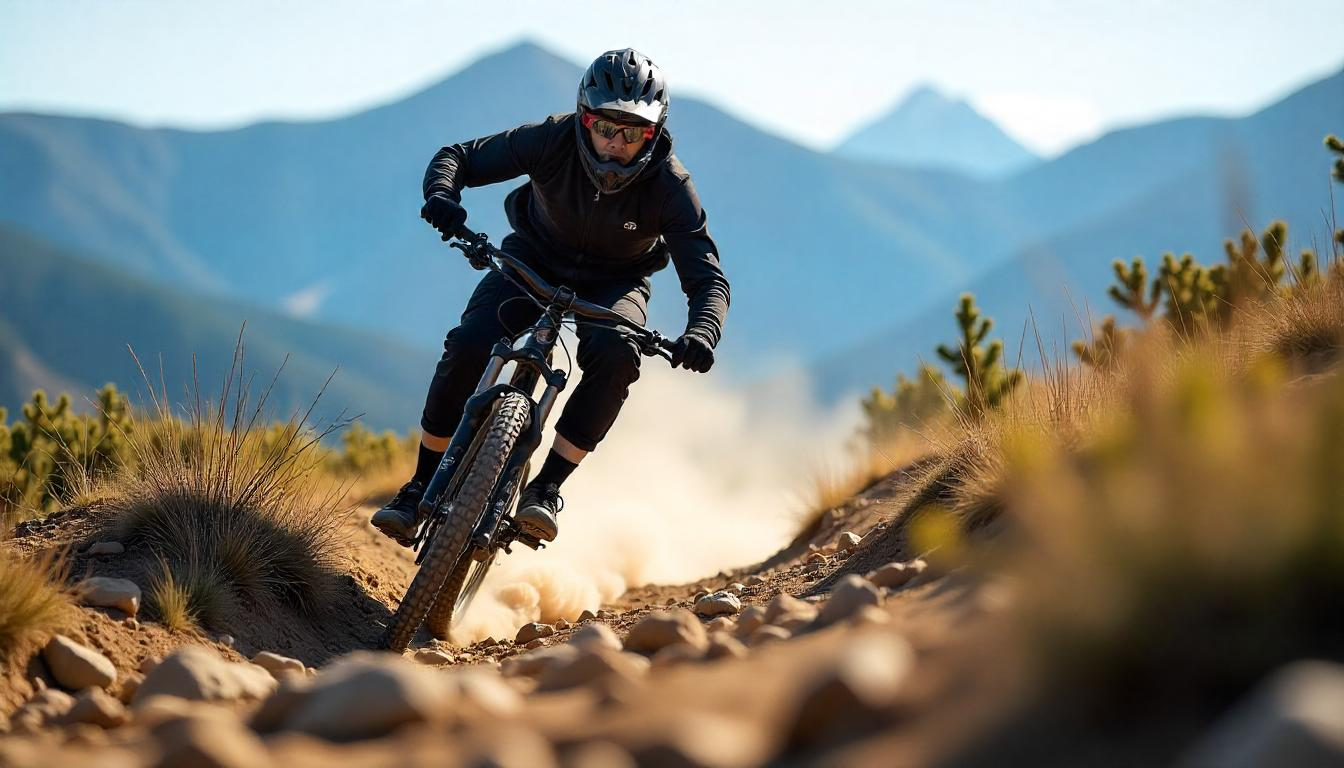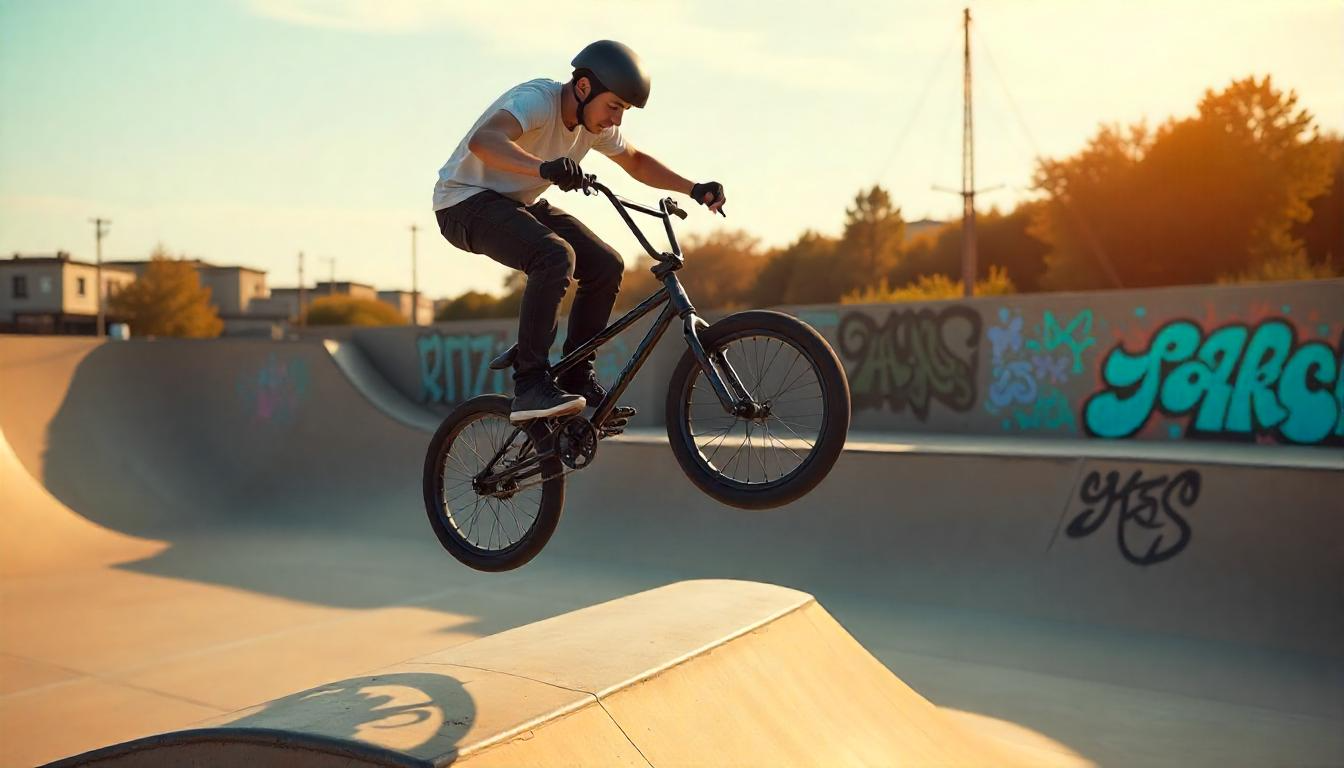Motocross racing is an exhilarating sport that attracts many enthusiasts. However, it also poses various risks that riders must acknowledge. Understanding how to avoid injuries in motocross is crucial for ensuring safety and maintaining focus on the track. This post will cover key aspects that can help make your riding experience safer. First, we will discuss the importance of protective gear. Wearing the right equipment is essential. Helmets, gloves, boots, and padded clothing play a significant role in reducing the impact of falls or accidents. Next, we will look at bike maintenance. Keeping your bike in good condition is vital for safe riding. Regular checks on brakes, tires, and chains can prevent mechanical failures that might lead to crashes.
Finally, smart riding techniques are important for minimizing danger. Learning how to navigate rough terrains, maintain balance in the air, and approach turns can lower the chances of injury. Staying informed about these tips will help you enjoy the excitement of motocross while reducing the risk of accidents. Now, let’s explore each of these areas to understand what it takes to ride safely and confidently.
Understanding Common Motocross Injuries
Motocross riders are at a high risk for injuries that can greatly affect their ability to perform. They often deal with sprains and fractures, which are particularly common in the wrists, ankles, and collarbones. When riders crash at high speeds or land poorly, they can suffer serious injuries. Concussions and head injuries are major concerns as well, given the impact of falls and collisions. Knee injuries, such as those to the ACL, also frequently occur. These issues can arise not only from crashes but also from the physical demands of the sport. Riders may not wear enough protective gear, which increases the likelihood of harm. By understanding these common injuries, motocross riders can take steps to reduce their chances of getting hurt. Staying informed about these risks is crucial for their safety and performance on the track.
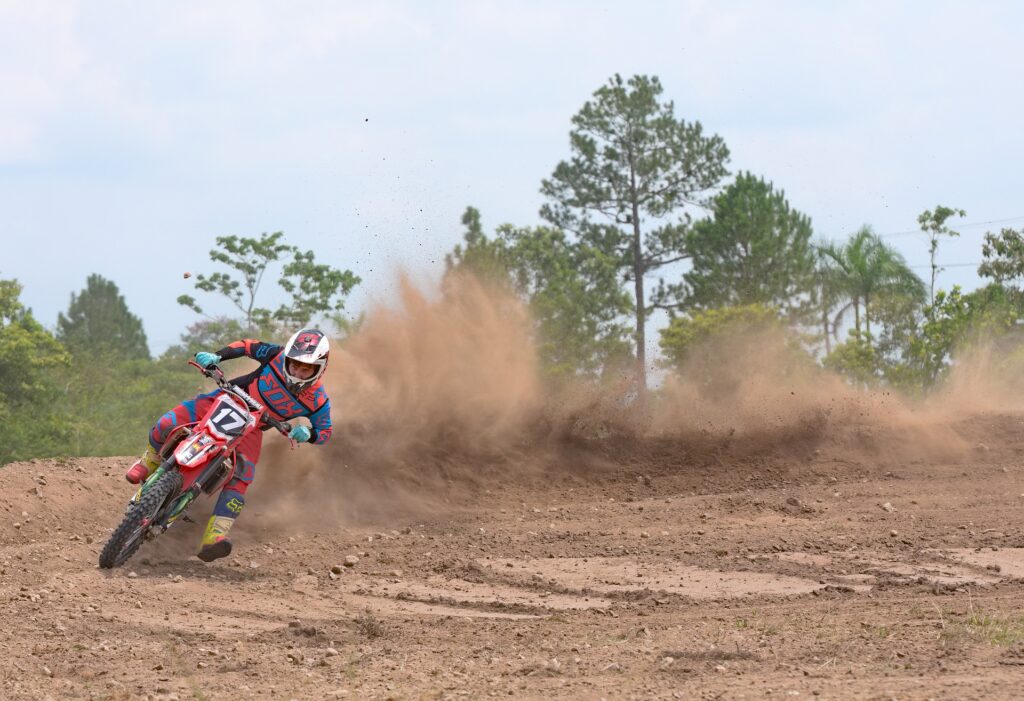
Essential Protective Gear
Motocross is a high-speed and high-risk sport, where protection matters the most. If you want to keep yourself safe, wearing the right protective gear is a must. There are some essential gears here that can protect you from serious injuries.
Helmet
Helmet is the most important protective gear in motocross. A good helmet is not just for looks, it protects your head from fractures and concussions. Whenever you buy a helmet, ensure that it fits perfectly and has a feature like MIPS (Multi-directional Impact Protection System). This technology reduces impact during a crash. Only use DOT or Snell certified helmets as these meet safety standards.
Body Armor and Neck Brace
Body armor and neck brace protect you from direct impact, which occurs during crashes. Chest protector protects the ribs and internal organs. Neck brace prevents the neck from snapping, which often occurs during jump landings or collisions. This gear can be a little expensive, but nothing is more important than your safety.
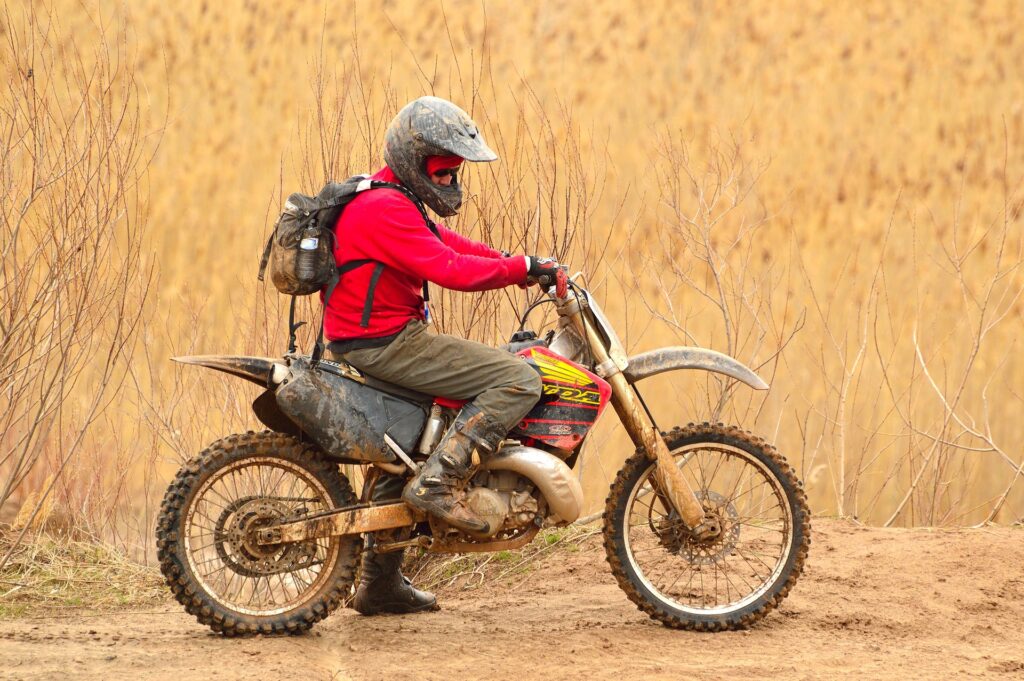
Boots and Gloves
Motocross boots are specially designed to protect your ankles, toes and shins from fractures. These boots are stiff and durable and protect your feet during crashes. Gloves are equally important – they improve grip and protect hands from cuts and abrasions in the event of a crash.
Goggles and Jerseys
Wearing high-quality goggles is very important to avoid dust and debris on motocross tracks. These keep the eyes safe and provide clear vision, which is important during the race. Durable and padded jerseys protect you from minor abrasions and scratches.
Mastering Riding Techniques
Mastering riding techniques is essential for both safety and performance on the track or trail. One of the most important factors in riding is body positioning. Keeping your knees bent is vital. This position lowers your center of gravity, which helps with balance. Staying low during jumps and turns also reduces the chances of falling. Throttle and brake control play a significant role in maintaining stability. Smooth and steady adjustments will help you avoid sudden movements. Sudden shifts in speed can throw you off balance and lead to tipping over. It is important to make gradual changes to your speed to stay in control throughout your ride.
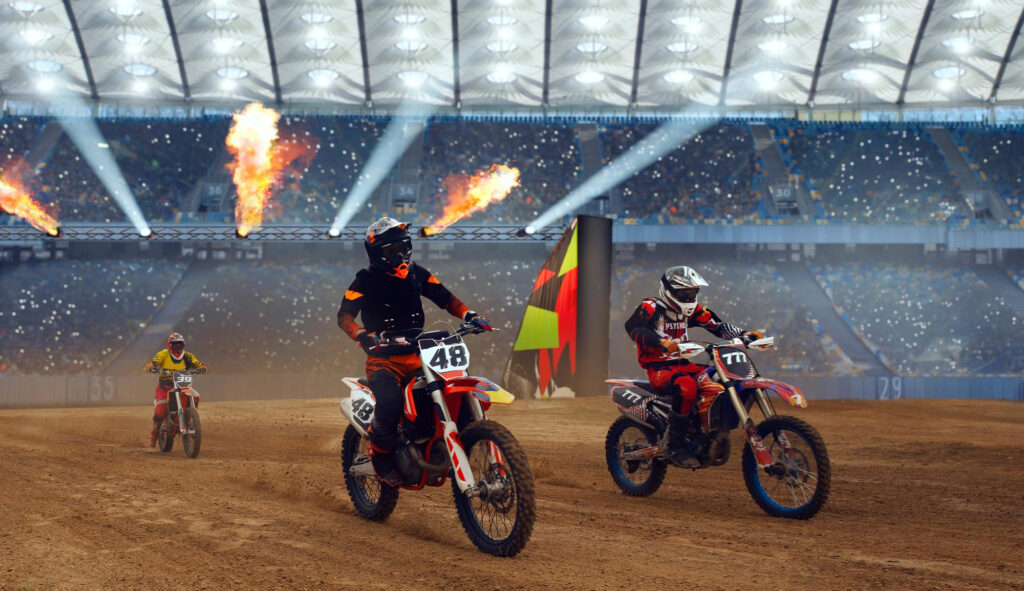
When you encounter rough terrain, different strategies will help you navigate successfully. Ruts and mud can be tricky to handle. Approach these obstacles at an angle to maintain better traction and control. Leaning back on rocky tracks is also crucial. This technique keeps the front wheel grounded and helps prevent it from bouncing around. Practicing these techniques will improve your handling skills and make your ride safer overall. The more you focus on body position and control, the better your performance will be. Consistency in these practices can be the difference between a smooth ride and a fall. Mastery of these riding fundamentals is necessary for anyone looking to enhance their experience on two wheels.
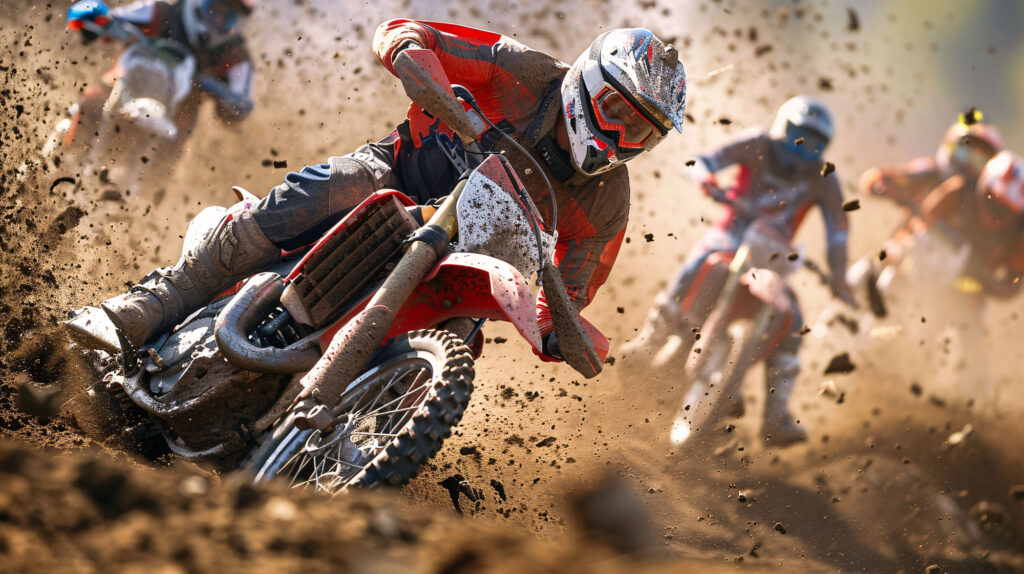
Track Awareness and Pre-Race Prep
Motocross racing requires more than just speed and skill. A deep understanding of the track, combined with thorough preparation before the race, plays a crucial role in success. Failing to analyze the track adequately can increase the risk of accidents. Preparing well will help you navigate the challenges ahead. Here are essential tips to ensure your safety and readiness on race day.
First and foremost, conduct a track walkthrough. Before racing on any new track, it is vital to familiarize yourself with the course. This step allows you to visualize every turn, jump, and obstacle you will encounter. Take your time walking the track. Observe each section closely, noting where to gain speed and where to hold back. Pay particular attention to any rough or slippery areas. These sections are critical for maintaining control during the race. When it comes to jumps, focus on where you will land after each jump. Knowing your landing spot helps ensure a smooth transition back to the track.
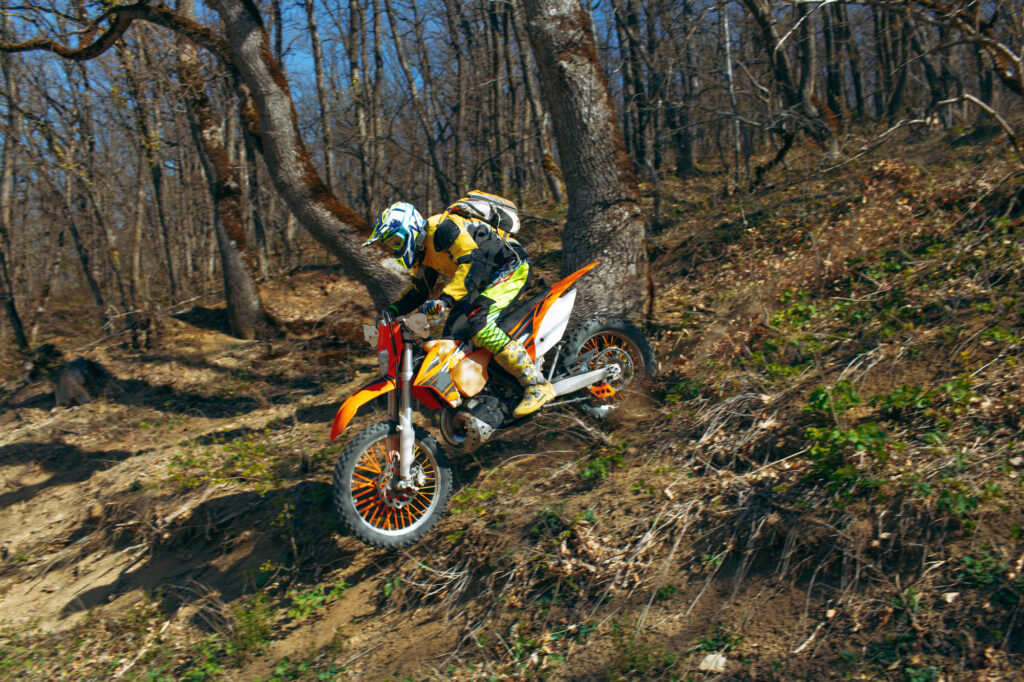
Next, understand the impact of weather and surface conditions. The way a motocross track behaves can change dramatically with the seasons and weather patterns. A wet track may be slick and require different handling techniques than a dry, dusty one. Adjust your riding style based on the conditions you encounter. When the track is wet, practice smoother control over your brakes and throttle. Make sure to avoid sudden movements which can throw your balance off. In dry, dusty conditions, make sure to wear goggles to shield your eyes and maintain a stable grip on the handlebars.
Another critical factor is bike maintenance. A solid pre-race inspection can make all the difference. Check the brake pads, tires, and suspension to ensure everything functions optimally. Adjust the chain tension and confirm that fuel levels are adequate for the race ahead. Do not overlook tire pressure. Adjust it to suit the specific track conditions you will face. Take a moment to test your brakes for immediate responsiveness. A well-maintained bike is key to a successful and safe race.
Post-Race Recovery and Injury Management
The excitement of Motocross can have an impact on the body not only during the race but also after the race. Proper recovery and injury management are very important after every race so that your body stays fit and you are ready for the next competition. Ignoring recovery or ignoring small injuries can cause major injuries in the future.
Cool Down and Stretching
It is very important to relax your body immediately after the race. A good cool down routine reduces muscle tension and prevents stiffness. Do light jogging or walking so that your heart rate slowly returns to normal. After this, do stretching exercises that specifically relax your back, legs and arms.
Pro Tip: Use a foam roller to reduce muscle soreness.
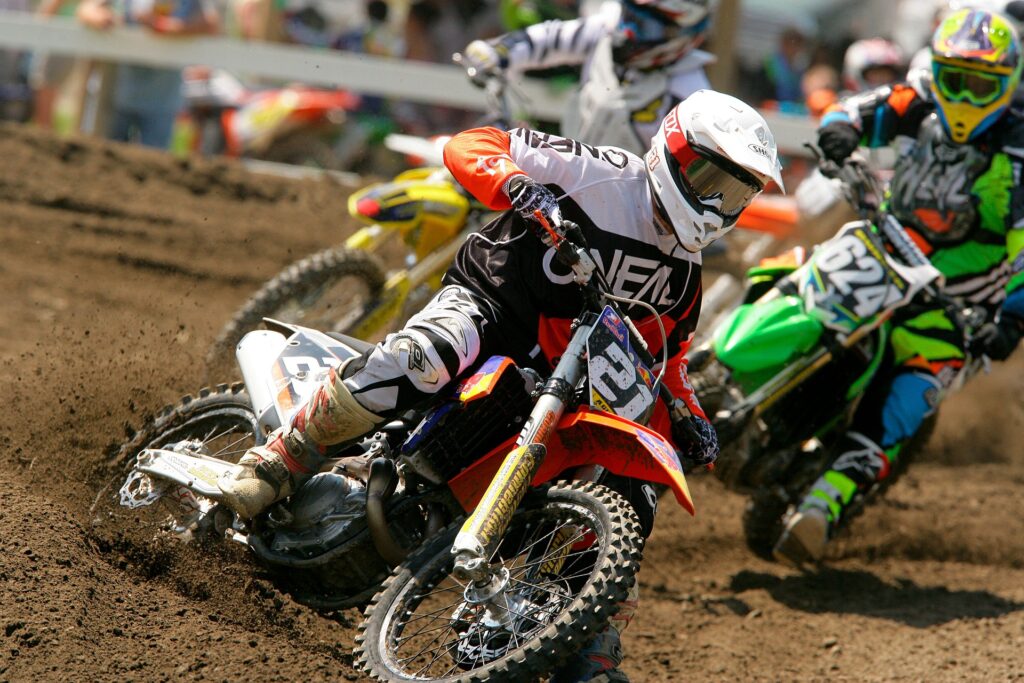
Hydration and Nutrition
The body expends a lot of fluid and energy during a race. Therefore, it is important to rehydrate your body after a race. Along with water, consume electrolyte drinks as well. Also, eating protein and carbohydrate rich snacks after a race helps in muscle recovery.
What to eat?: Protein shakes, fruits and nuts are good options after a race.
Injury Assessment and Treatment
If you are experiencing pain anywhere during or after a race, do not ignore it. First, do a proper assessment of the injury. If the injury is small, use an ice pack which will reduce swelling and pain. If the pain is severe or there is a suspicion of a fracture, consult a doctor immediately.
RICE Method: Rest, Ice, Compression and Elevation can be used to treat small injuries easily.
Rest and Sleep for Recovery
The most important part of recovery is complete rest and good sleep. The body repairs itself during sleep, so make sure to sleep for at least 7-8 hours after the race. If you are very tired, keep your training schedule light for the next day.
Conclusion
In motocross racing, injury prevention is crucial for both safety and performance. Using proper gear, practicing safe riding techniques, and maintaining your bike are key steps to avoid accidents. Remember to stay focused and assess your skill level before tackling challenging courses. Prioritize your well-being to enjoy the sport to its fullest. Stay informed and always ride responsibly to keep the thrill of motocross racing alive. Take action today by reviewing your safety practices and gear to ensure a safer ride tomorrow.
